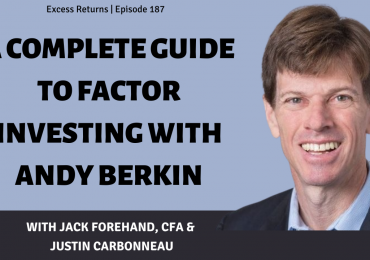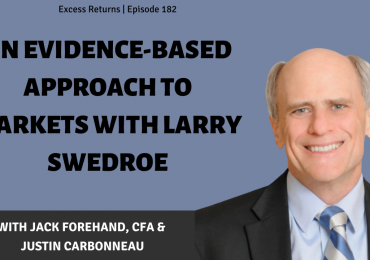Many traditional investment portfolios are created by mixing asset classes to spread risk and optimize returns. However, the Financial Times recently reported on a growing shift by more sophisticated institutional investors toward a different approach referred to as “factor investing”.
The idea behind factor investing is to break down securities into the fundamental issues that drive their returns, a methodology which requires investors to take a more granular approach than they would by selecting broader asset classes. Not unlike choosing the best foods to eat based on inherent nutrients rather than by food group, factor investing is intended to create a more precisely balanced portfolio. According to Andrew Ang, head of factor investing strategies at BlackRock, “This is the new frontier. We have come to the stage where we’ve transcended asset classes and moved on to factors.”
This is not an entirely novel notion— drivers such as “growth” and “value” are commonly used in evaluating stocks. The first institutional investor to embrace a fully factor-based approach was a $35 billion Danish pension fund (PKA) back in 2012. Since then, other investors have followed suit. But not all. State Street Global Advisors, a provider of index investment solutions, reported that over 40% of investors surveyed still used traditional allocation as their go-to method, while 30% claimed that factors played the most important role. According to Lori Heinel, chief portfolio strategist at SSGA, “The preponderance of money is in traditional asset allocation models. But there is an overarching view that you don’t just use allocations. Factors give you a more elastic and predictive power over your portfolio.”








